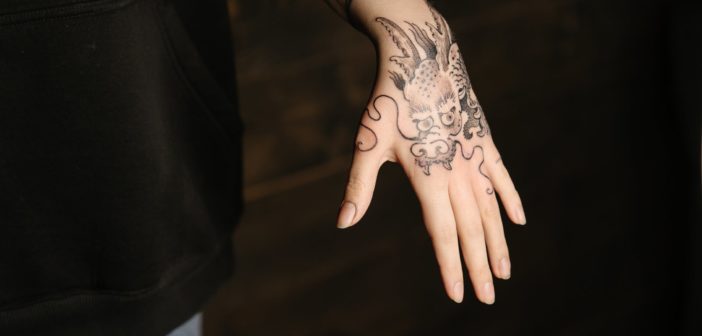By Brooke King, Entertainment Editor
Whether you are aware or not, The Girl with the Dragon Tattoo was the first of a trilogy of novels by the late Swedish writer Stieg Larsson, which has now become a worldwide publishing phenomenon, and sparked a series of international films based on the trilogy.
Unfortunately, the novel series’ growing popularity, along with the international film trilogy’s popularity, gained interest within the United States. With a high grossing novel and film trilogy, Larsson’s brilliant murder mystery series claimed the attention of the American Film Industry. It was not long after that Sony and Columbia Pictures teamed up and had a newly revised screenplay version of the first novel.
As a die-hard fan of the novel series and a big fan of the foreign film series, which features actress Noomi Rapace (Sherlock Holmes: A Game of Shadows), I was very skeptical as to how and who they would cast for the main roles in the American version. I also questioned what, if anything, would be different from the original film version of The Girl with the Dragon Tattoo, or the book for that matter. The original foreign film series was actually quite accurate to the Larsson’s millennium series, which is a rarity when it comes to film version of novels. Yet, with my skepticism aside, I sat down to watch the Americanized version of The Girl with the Dragon Tattoo.
The story follows Mikael Blomkvist(Daniel Craig), a journalist and co-owner of the Millennium magazine, who is hiding out from a libel suit he has just lost against crooked businessman Hans-Erik Wennerström. Meanwhile, Lisbeth Salander (Rooney Mara), a tattooed punk rock researcher and computer hacker, has been hired to compiled an extensive background check on Blomkvist. Blomkvist is being hired by Swedish magnate, Henrik Vanger (Christopher Plummer) to investigate a murder that happened over 40 years ago.
In exchange for information that would convict Wennerström, Blomkvist agrees to investigate the disappearance and possible murder of Henrik’s grandniece, Harriet, who was 17 at the time she disappeared. While searching for any kind of evidence he could find, Blomkvist discovers a notebook containing information that may help explain Harriet’s disappearance.
Salander, who is under state legal guardianship because she has been diagnosed with some sort of mental incompetency, is appointed a new guardian, lawyer Nils Bjurman (Yorick van Wageningen). He takes control of Salander’s finances and though less graphic then the international version, rapes her. Narrowly escaping his clutches, she stuns him, blackmails him by videotaping the rape, and regains control of her life, but with a hefty price.
Blomkvist hires Salander to so that she can investigate the notebook’s content. She along with Blomkvist uncover a connection to a series of murders that occurred from the late 1940s to the mid 1960s. Throughout the American version of the film, many small details are left out. However, Henrik’s brother Harald (Per Myrberg) identifies Martin, Harriet’s brother (Stellan Skarsgård),are still named as a possible suspects in the murder. Meanwhile, Salander and Blomkvist’s relationship becomes more developed and it is increasingly clear that there is more to Harriet’s disappearance then what meets the eye. Their investigation brings them close to the secrets and lies of the rich and powerful Vanger Dynasty. Tangled in a web of secrecy and cover-ups, Blomkvist and Salander must come together and fight for their very lives.
The new film stays somewhat close to the book and the foreign film, yet Craig and Rooney bring their own spin to this thrilling story. The cinematography, while darker and more abstract than the foreign version, brings a whole new element that create the mystery surrounding the plot. The Swedish screen version of “The Girl With the Dragon Tattoo,” directed by Niels Arden Oplev, felt as though it was a long version of a TV show. Yet, David Fincher’s adaptation of the film is equally long and disconnected. However, this is in part due to Larsson’s own clumsy narrative style that leaves the reader at some points, quite confused as to the plotline. To be sure, both movies follow this narrowing confusion, as Fincher’s adaptation boldly stays true to the vivid details of the book so is not to make die-hard fans like myself from rioting about any extreme changes in plotline.
The film is rated R and has a lot of graphic material, including sex, violence, and abuse. Yet, for all its suggestive material, it is nowhere as graphic as the foreign film or the novel itself. With all the artistic abstract cinematography that Fincher uses in the film to create an impressive and ambitious commercial version of Larsson’s novel, the story starts to fade as soon as the credits begin to run. However, the girl with the dragon tattoo, the multiple body piercings that endures pain, suffering, and somewhat redemption throughout the film lingers in your mind long after you have walked out of the movie theater.





